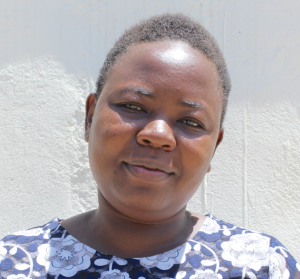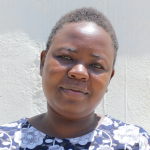When the 175 community members of Wechinia banded together to protect their local spring, they had high hopes of reducing typhoid cases and shortening the lines of people waiting for water. But they didn't have the proper knowledge or materials, and unfortunately, neither of these goals has come true.
In 2018, community members approached a local council member to ask for help. The council member gave them "a few coins" to fix the spring. But there wasn't enough money to hire someone to do the job properly. So although the spring may look a little nicer now, it is not functioning well. Firstly, the water is still making people sick, with most community members reporting regular cases of typhoid.
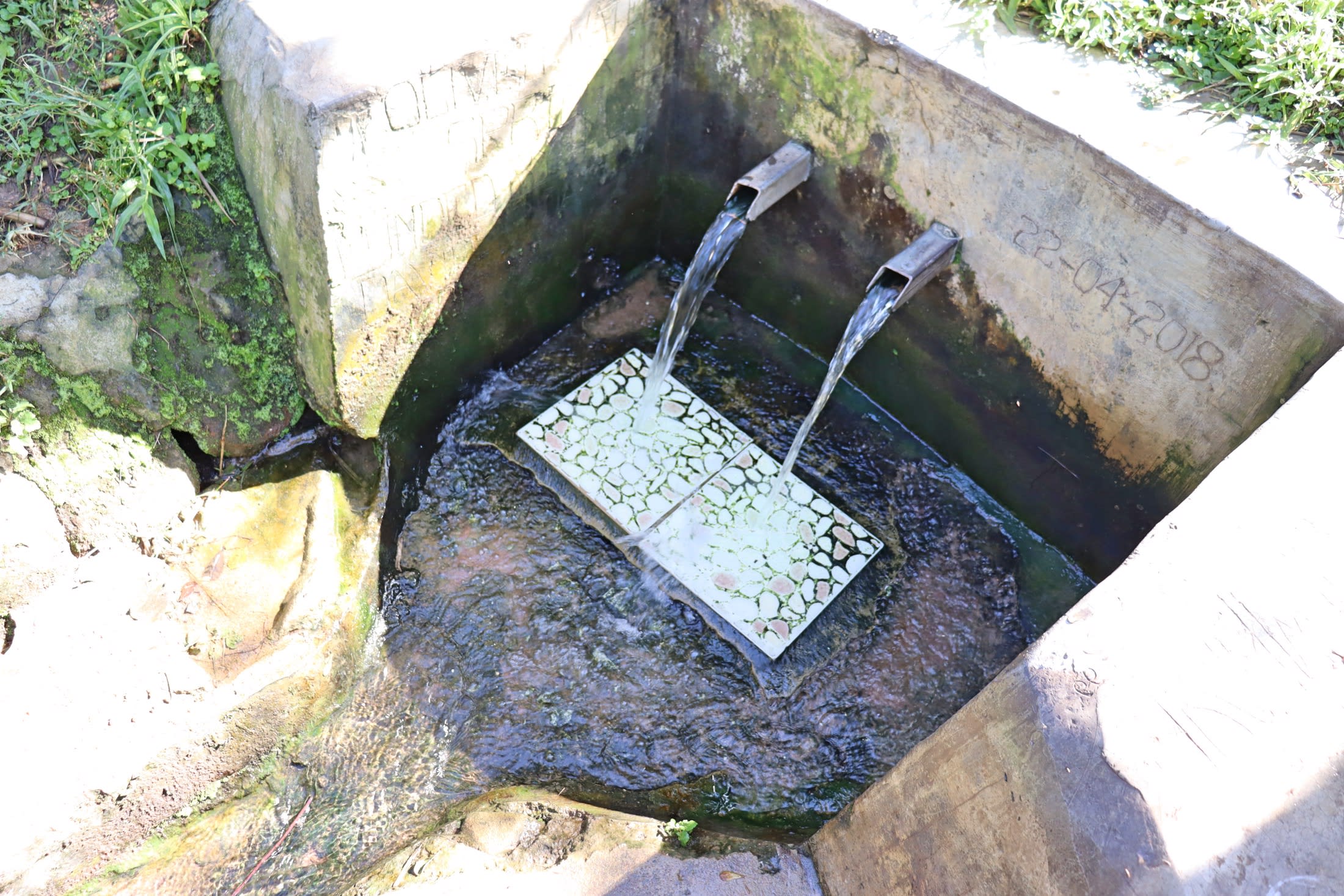
But water has been making the people of Wechinia sick all their lives; they're used to it. So they're hoping a new spring construction will capture the spring's water more efficiently.
"The spring has [water] seepage from all sides, making the drawing point pathetic and dangerous," said our field officer, Betty.
Seeping water demonstrates that the spring box, which is meant to help channel the spring's water through carefully placed layers of rock, gravel, and soil to filter it, is not doing its job. When water isn't directed toward the discharge pipes, it finds other ways through and around any impediments. This slows the water's flow from the discharge pipes, lengthening the water-collection process and delaying essential everyday tasks.
Because acquiring water takes such a long time, people get less of it. Without water to do essential daily tasks, people’s normal routines are disrupted, and important things like working, maintaining a household, and going to school are challenging.
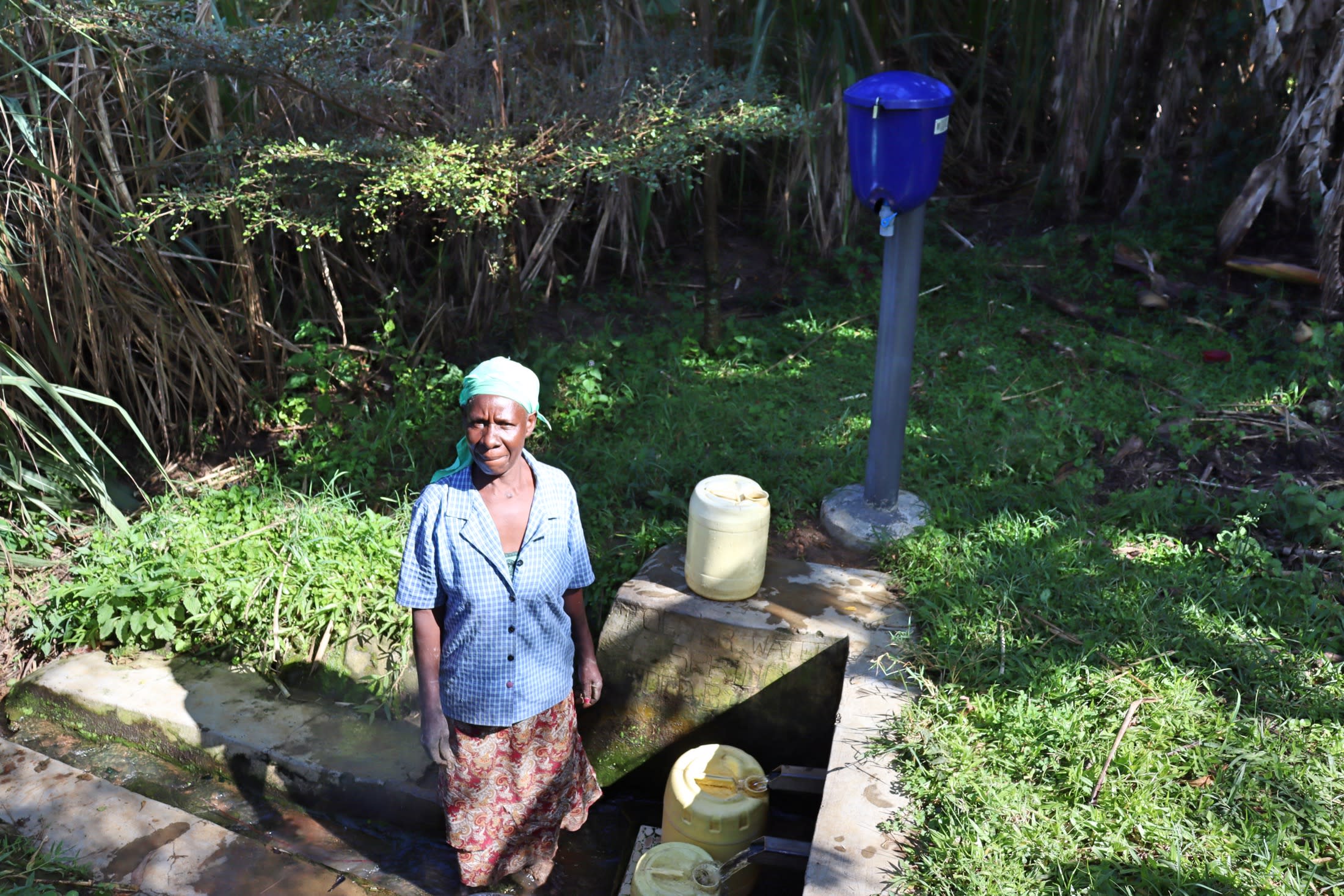
To try and combat the long lines at the water point, 58-year-old Rosemary Soita (shown above at the spring) continues to wake up earlier and earlier in an attempt to beat the crowds. "I was forced to change my daily schedule and give drawing water the first priority so that I could do other activities, being forced to wake up very early in the morning before other people to ensure that all my water containers are full by the time other people start coming to the spring," Rosemary said. "This has been risky because the spring is very bushy."
Because the spring is densely vegetated, and therefore isolated, Rosemary fears being attacked by strangers or snakes while out alone in the small hours of the morning.
"[I] am not comfortable when I see my grandmother struggling with the issue of getting water," said 16-year-old Christabale W. (pictured below). "At times, [I] am forced to be [at] the spring as late as eight p.m. just to ensure that there's water when I leave for school. By so doing, [I] am not able to do much academically."
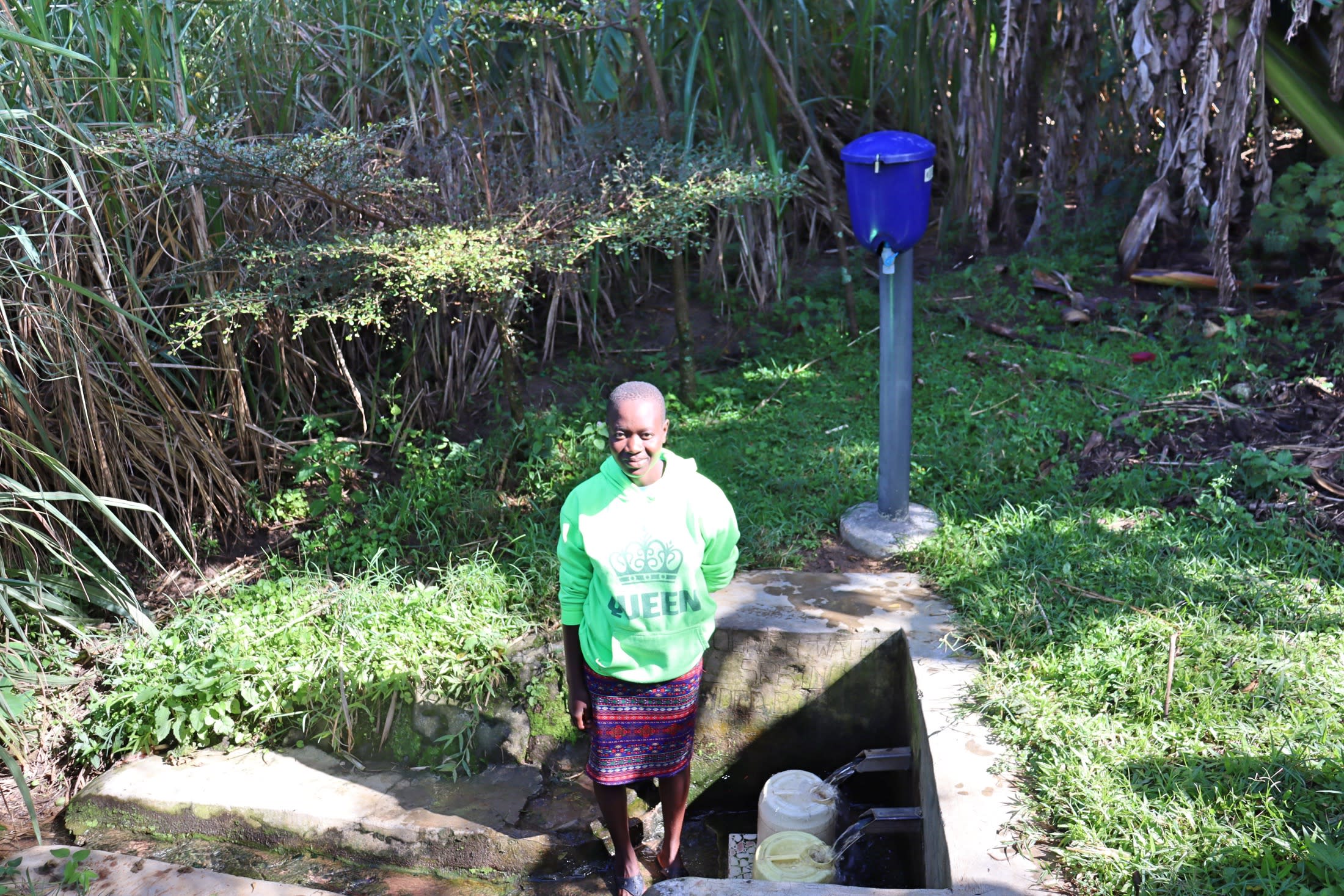
"I believe if our spring will be protected, we shall spend very little time [at] the spring, and this will give me room to concentrate on my academic work," Christabale concluded.
What We Can Do:
Spring Protection
Protecting the spring will help provide access to cleaner and safer water and reduce the time people have to spend to fetch it. Construction will keep surface runoff and other contaminants out of the water. With the community’s high involvement in the process, there should be a good sense of responsibility and ownership for the new clean water source.
Fetching water is a task predominantly carried out by women and young girls. Protecting the spring and offering training and support will, therefore, help empower the female members of the community by freeing up more of their time and energy to engage and invest in income-generating activities and their education.
Training on Health, Hygiene and More
To hold training, we work closely with both community leaders and the local government. We ask community leaders to invite a select yet representative group of people to attend training who will then act as ambassadors to the rest of the community to share what they learn.
The training will focus on improved hygiene, health, and sanitation habits in this community. With the community’s input, we will identify key leverage points where they can alter their practices at the personal, household, and community levels to affect change. This training will help to ensure participants have the knowledge they need about healthy practices and their importance to make the most of their water point as soon as water is flowing.
Our team of facilitators will use a variety of methods to train community members. Some of these methods include participatory hygiene and sanitation transformation, asset-based community development, group discussions, handouts, and demonstrations at the spring.
One of the most important issues we plan to cover is the handling, storage, and treatment of water. Having a clean water source will be extremely helpful, but it is useless if water gets contaminated by the time it is consumed. We and the community strongly believe that all of these components will work together to improve living standards here, which will help to unlock the potential for these community members to live better, healthier lives.
We will then conduct a small series of follow-up trainings before transitioning to our regularly scheduled support visits throughout the year.
Training will result in the formation of a water user committee, elected by their peers, that will oversee the operations and maintenance of the spring. The committee will enforce proper behavior around the spring and delegate tasks that will help preserve the site, such as building a fence and digging proper drainage channels. The fence will keep out destructive animals and unwanted waste, and the drainage will keep the area’s mosquito population at a minimum.





 Protected Spring
Protected Spring
 Rehabilitation Project
Rehabilitation Project










